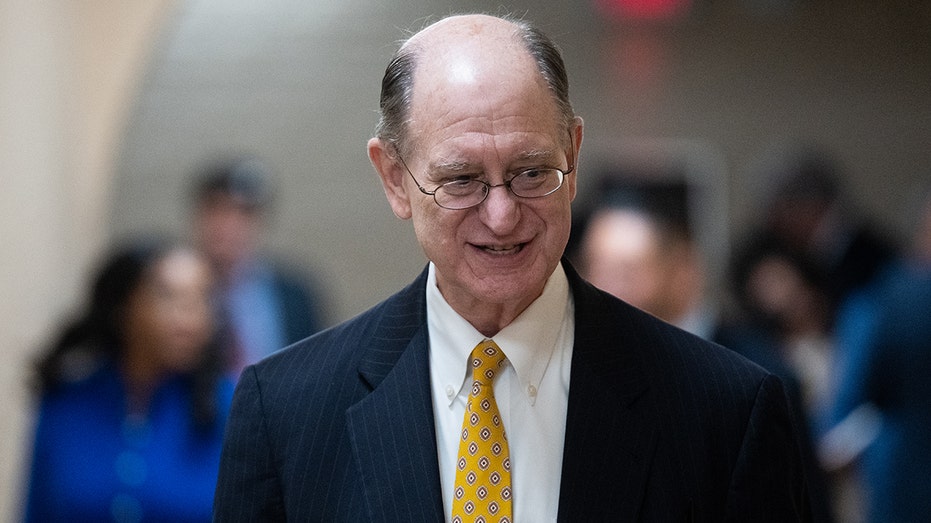The American economic landscape is shifting, and a familiar convenience is becoming increasingly out of reach for many families. Despite recent efforts to bolster the nation’s financial standing, the lingering effects of past economic challenges, coupled with current inflation, are reshaping consumer habits and impacting businesses across multiple sectors.
For decades, fast food offered an affordable solution for busy households – a quick, inexpensive meal when time and resources were limited. Now, the relentless climb of prices is eroding that accessibility, transforming a once-reliable budget option into a treat few can regularly afford.
This shift is directly impacting the bottom line of major fast-food chains. Declining sales are forcing difficult decisions, and a wave of closures may be on the horizon as companies struggle to adapt to the changing economic realities.

Wendy’s recently announced a significant restructuring plan, revealing intentions to shutter hundreds of its U.S. locations by 2026. The move is a strategic attempt to consolidate resources and revitalize its domestic business, which is currently facing considerable headwinds.
Company leadership indicated that a mid-single-digit percentage of its 6,011 U.S. restaurants – potentially over 240 stores – are slated for closure. This isn’t simply a reduction in footprint; it’s a recalibration of strategy in response to a changing market.
Recent financial reports paint a stark picture. Global sales experienced a 2.6% decline, with U.S. locations seeing a more substantial 4.7% drop. While individual orders are slightly higher in price, the overall decrease in customer visits is outweighing that benefit.
Wendy’s is pivoting towards a new initiative, dubbed “Project Fresh,” prioritizing the quality and profitability of remaining locations over aggressive expansion. The goal is long-term sustainability, focusing on strengthening existing stores rather than spreading resources thin.
The challenges facing Wendy’s are not isolated. The entire fast-food industry is grappling with the consequences of a tightening economy, as consumers become increasingly mindful of their spending.
Those with lower incomes are particularly affected, forced to make difficult choices between essential expenses like housing and groceries, and discretionary spending like dining out. This pressure is forcing restaurants to re-evaluate their pricing strategies.
As household budgets shrink, even the smallest price increases can deter customers. The fast-food sector is now navigating a delicate balance – maintaining profitability while remaining accessible to a shrinking pool of discretionary spenders.




